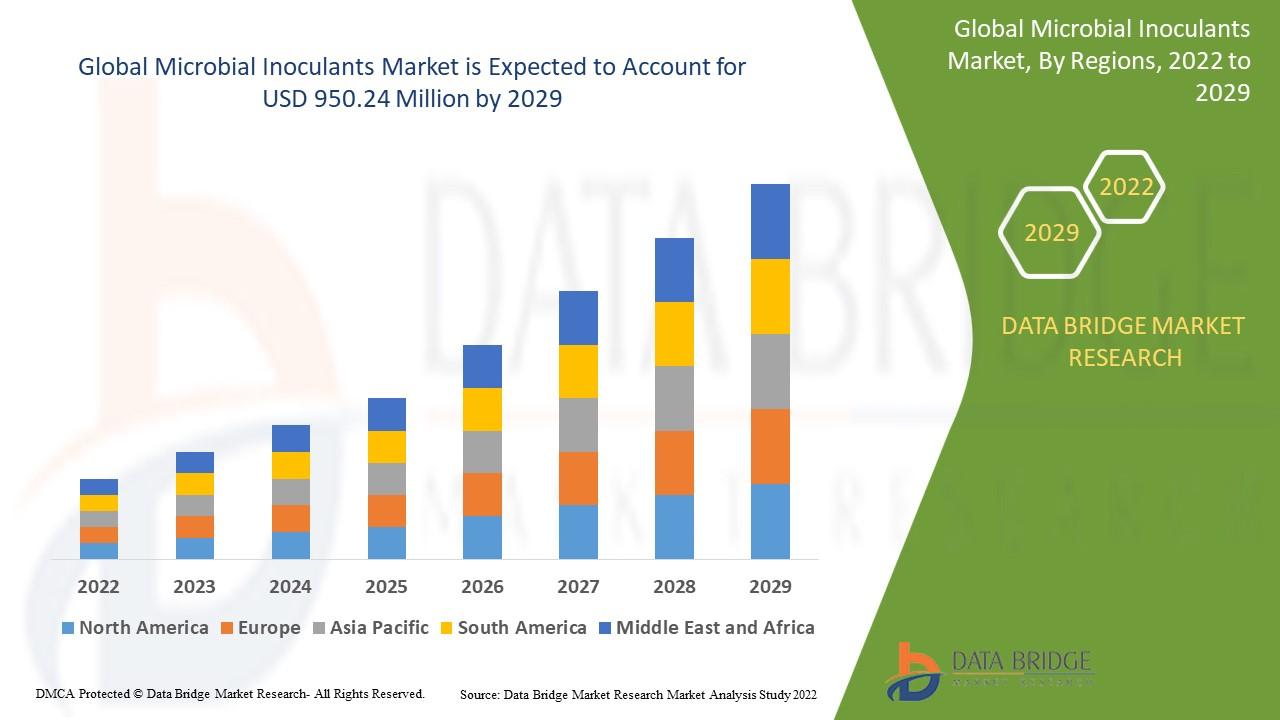Regulatory Hurdles and Opportunities: Navigating Compliance in Cardiac AI Diagnostics
AI in healthcare is not without regulatory scrutiny, and the cardiac AI monitoring and diagnostics market is no exception. As these tools grow more sophisticated, regulatory bodies worldwide are tightening standards to ensure safety, accuracy, and patient trust. For developers and manufacturers, understanding these regulations is critical—non-compliance can delay product launches, incur fines, or even halt market entry. Yet, these standards also drive innovation, pushing firms to refine their AI models and validate their clinical utility.
The FDA, EMA, and other agencies now require rigorous validation of AI diagnostic algorithms. This includes demonstrating performance across diverse patient groups, verifying data integrity, and ensuring transparency in how AI arrives at conclusions. For example, an AI tool designed to detect AFib must prove accuracy in both young and elderly patients, as well as across different ethnicities, to secure FDA approval. Preclinical trials now often include “bias audits,” where algorithms are tested on underrepresented datasets to identify and correct skewed results. These steps, while time-consuming, ensure AI tools deliver consistent, reliable care.
Regulatory frameworks are evolving beyond basic validation. The EU’s Medical Device Regulation (MDR) now mandates post-market surveillance for AI tools, requiring developers to monitor real-world performance and update algorithms as needed. Similarly, the FDA’s digital health pre-cert program allows trusted firms to submit AI updates more quickly, accelerating innovation. For companies navigating these complexities, partnering with regulatory consultants or leveraging CDMOs with compliance expertise can reduce risks. The Cardiac AI Monitoring and Diagnostics Market report outlines key regulatory requirements, compliance strategies, and the impact of new policies on market growth, helping stakeholders stay ahead.
While compliance adds challenges, it also builds credibility. Patients and clinicians are more likely to trust AI tools that meet strict regulatory benchmarks, driving adoption. As regulations harmonize globally—with initiatives like the International Medical Device Regulators Forum (IMDRF) standardizing AI guidelines—companies that invest in compliance early will gain a competitive edge. The cardiac AI market’s future success hinges on balancing innovation with accountability, ensuring these tools meet both clinical needs and regulatory demands.



